Griems tetra - Hyphessobrycon griemi
Scientific name: Hyphessobrycon griemi
Common name: Griems tetra
Family: Characidae
Usual size in fish tanks: 2 - 3 cm (0.79 - 1.18 inch)
014
Recommended pH range: 5.8 - 7.8
Recommended water hardness: 4 - 18°N (71.43 - 321.43ppm)
0°C 32°F30°C 86°F
Recommended temperature range: 22 - 28 °C (71.6 - 82.4°F)
The way how these fish reproduce: Spawning
Where the species comes from: South America
Temperament to its own species: peaceful
Temperament toward other fish species: peaceful
Usual place in the tank: Middle levels
Food and Feeding
Griems Tetras (Hyphessobrycon griemi) are omnivorous and will accept a wide variety of foods. For their staple diet, provide high-quality flake food or micro-pellets designed for small tropical fish. To ensure they receive balanced nutrition, supplement their diet with live or frozen foods such as bloodworms, brine shrimp, and daphnia. These protein-rich treats not only enhance their coloration but also promote overall health and vitality. Feeding them small portions 2-3 times daily is ideal, as it prevents overfeeding and keeps the tank clean. Since they have small mouths, make sure any food offered is appropriately sized to avoid choking and to encourage proper digestion.
Origin
Griems Tetras are native to the freshwater rivers and streams of South America, particularly around the regions of Brazil. They are commonly found in slow-moving waters with dense vegetation and a sandy or muddy substrate. These natural habitats are typically shaded by overhanging vegetation, creating a dimly lit environment. Recreating similar conditions in the home aquarium helps reduce stress and promotes natural behaviors in these fish.
Tank Setup and Environment
Given their small size, Griems Tetras can be kept in smaller aquariums, but a minimum tank size of 40 liters (10 gallons) is recommended to provide ample space for a small shoal of 6 or more individuals. They are middle-level swimmers and thrive in a well-planted tank with plenty of hiding spots created using live plants, driftwood, and rocks. A dark substrate can enhance their colors and mimic their natural environment.
Maintain water conditions with a pH range of 5.8 to 7.8, a hardness of 4-18°N, and a temperature between 22-28°C (71.6-82.4°F). Regular water changes and efficient filtration are essential to keep the water quality high and stable. Since they prefer subdued lighting, floating plants can be used to diffuse the light and create a more natural habitat. Griems Tetras are peaceful and do best in a calm tank environment with gentle water flow.
Sexing
Sexing Griems Tetras can be somewhat challenging due to their small size and subtle differences. Generally, males are slimmer and slightly smaller than females. Females tend to have a fuller, rounder body, especially when they are carrying eggs. Observing their behavior during the breeding season can also provide clues, as males often become more active and display brighter colors when courting females.
Breeding
Breeding Griems Tetras can be a rewarding experience, but it requires careful preparation. Begin by conditioning the breeding pair with a protein-rich diet that includes live or frozen foods like bloodworms and brine shrimp. Once the pair is well-conditioned, transfer them to a separate breeding tank with soft, slightly acidic water and a temperature around 26°C (78.8°F). Use fine-leaved plants or spawning mops to provide suitable surfaces for egg deposition. Subdued lighting is essential, as bright light can inhibit spawning behavior.
The pair will typically spawn within a few days, scattering up to 300 eggs among the plants. After spawning, it's crucial to remove the adults to prevent them from eating the eggs. The eggs usually hatch within 24 hours, and the fry become free-swimming a few days later. Initially, feed the fry with infusoria or specialized fry food until they are large enough to consume newly hatched brine shrimp. Frequent water changes and maintaining a clean environment are vital for the survival and healthy growth of the fry.
Lifespan
Griems Tetras have a relatively short lifespan of about 2 years. However, with proper care, including a balanced diet, stable water conditions, and a stress-free environment, they can live a full and healthy life in captivity. Regular monitoring of water parameters and a clean tank environment will help them reach their maximum lifespan.
Short Description
Griems Tetras (Hyphessobrycon griemi) are small, peaceful fish ideal for community tanks. Their petite size and calm temperament make them suitable for smaller aquariums. They thrive in well-planted setups with plenty of hiding places and subdued lighting, resembling their natural habitat. Griems Tetras are shoaling fish and should be kept in groups of at least five to feel secure and display their best colors. Although they can be somewhat challenging to breed, they are a delightful addition to any aquarium, adding activity and charm with their gentle nature and vibrant appearance.
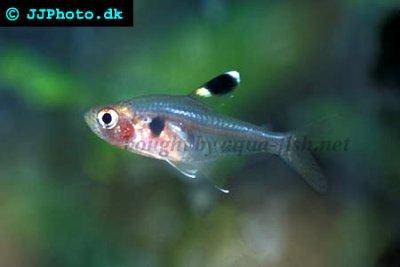

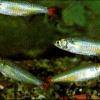 Bloodfin
Bloodfin 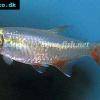 Bloodfin
Bloodfin  Panda
Panda 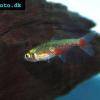 Green
Green 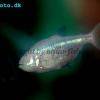 Blind
Blind  Kennedy
Kennedy 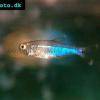 Blue
Blue 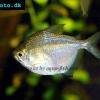 Discus
Discus 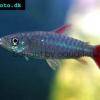 Pink
Pink 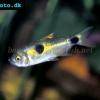 Bucktoothed
Bucktoothed 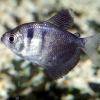 Black
Black 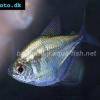 False
False 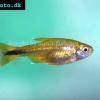 Silver
Silver  Hemigrammus
Hemigrammus 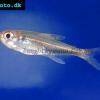 Dash-dot
Dash-dot  Rummy
Rummy 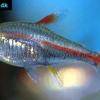 Glowlight
Glowlight 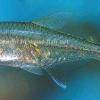 January
January 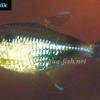 Head
Head 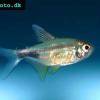 Garnet
Garnet 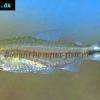 Rummy
Rummy  Gold
Gold  Red
Red 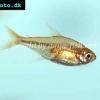 Ember
Ember 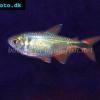 Buenos
Buenos 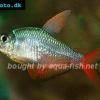 Colombian
Colombian 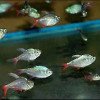 Ecuador
Ecuador  Bleeding
Bleeding 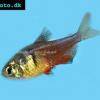 Flame
Flame 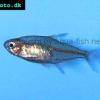 Georgett’s
Georgett’s  Kitty
Kitty 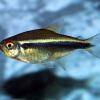 Black
Black 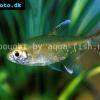 Firefin
Firefin 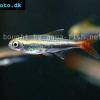 Loreto
Loreto 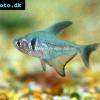 Black
Black 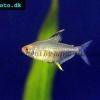 Lemon
Lemon 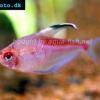 Redback
Redback 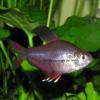 Rosy
Rosy 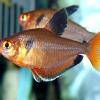 Serpae
Serpae 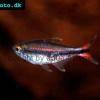 Savanna
Savanna 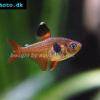 Red
Red 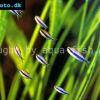 Blue
Blue 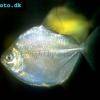 Silver
Silver 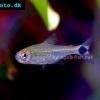 Ceros
Ceros  Napo
Napo 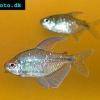 Diamond
Diamond 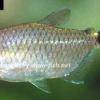 Red
Red 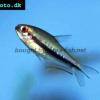 Rainbow
Rainbow 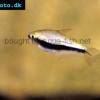 Emperor
Emperor  Cardinal
Cardinal 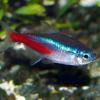 Neon
Neon 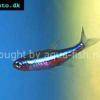 Green
Green 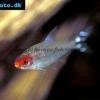 False
False  Glass
Glass 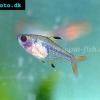 X-ray
X-ray 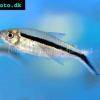 Penguin
Penguin